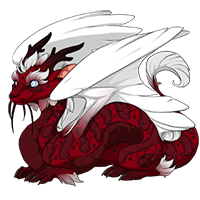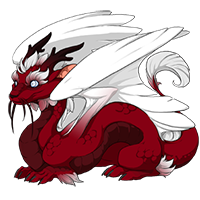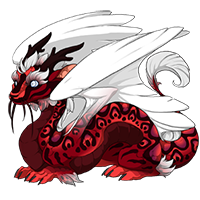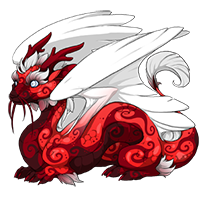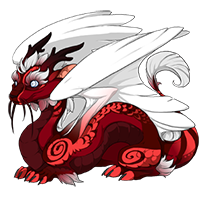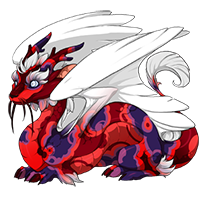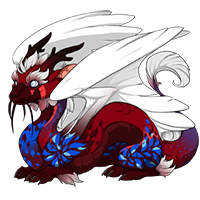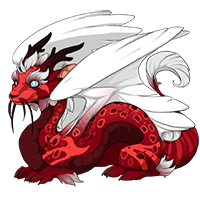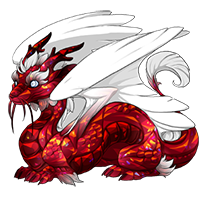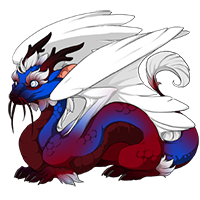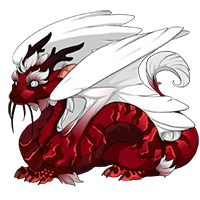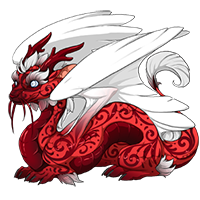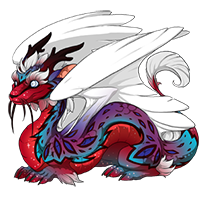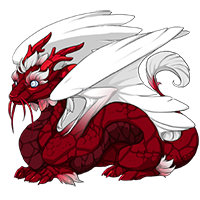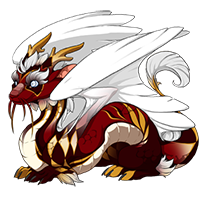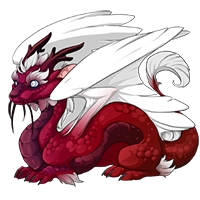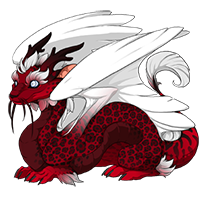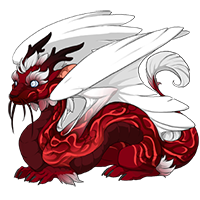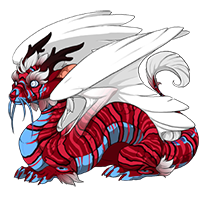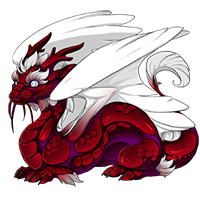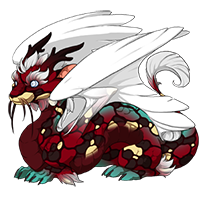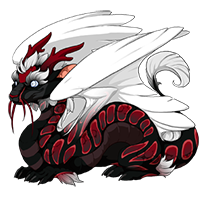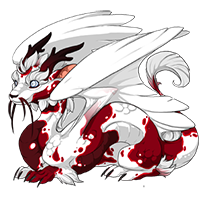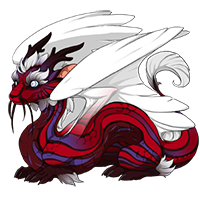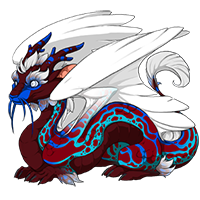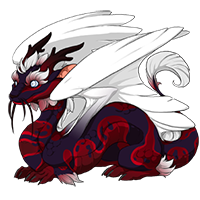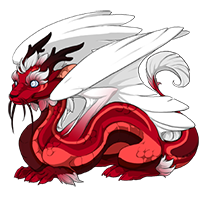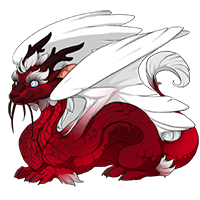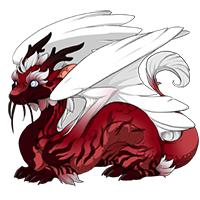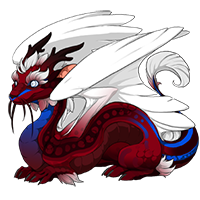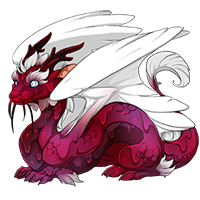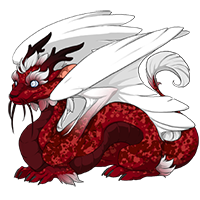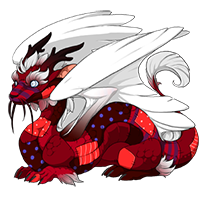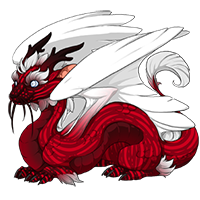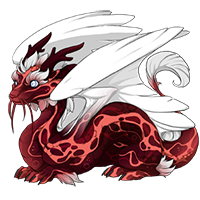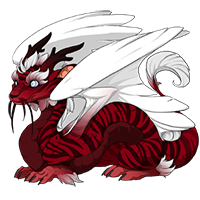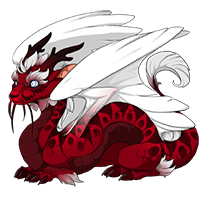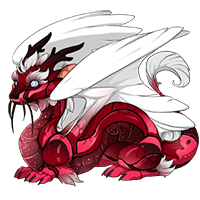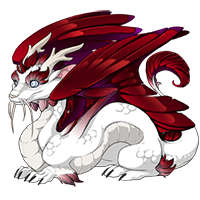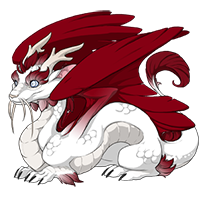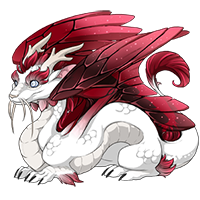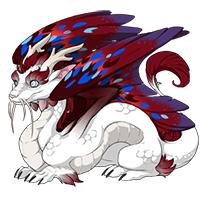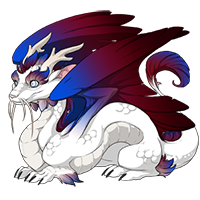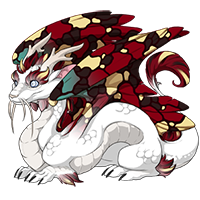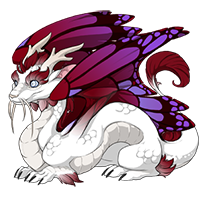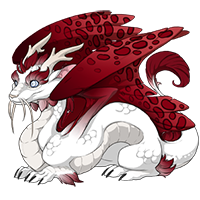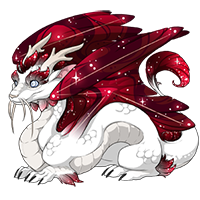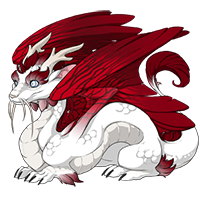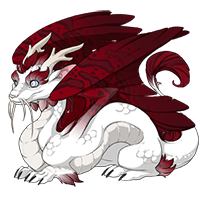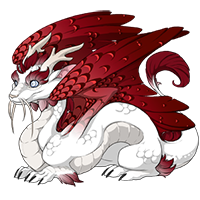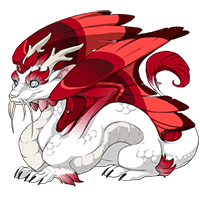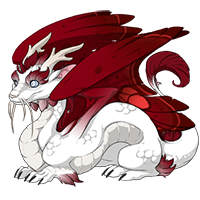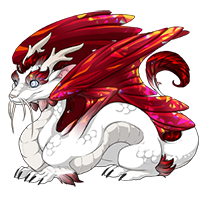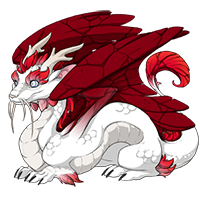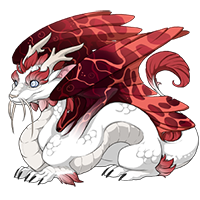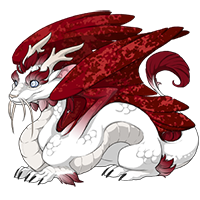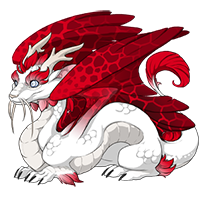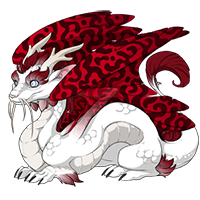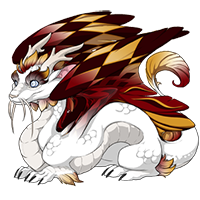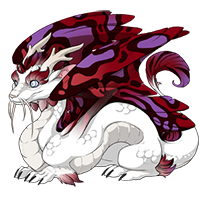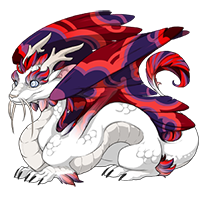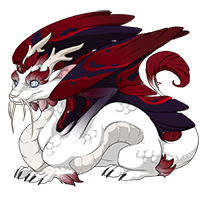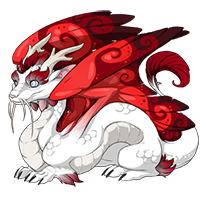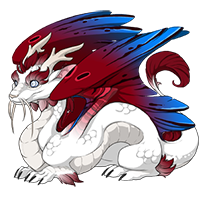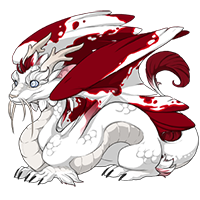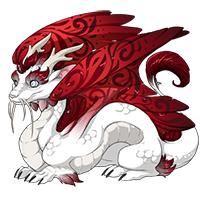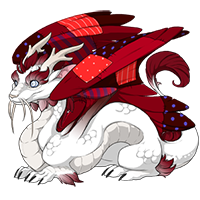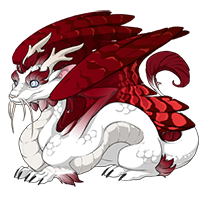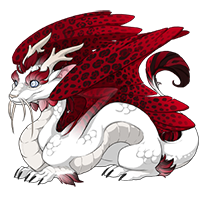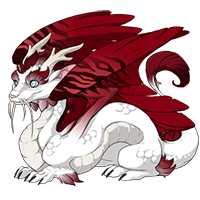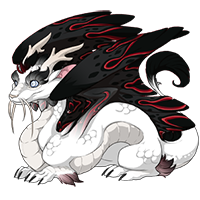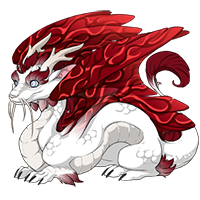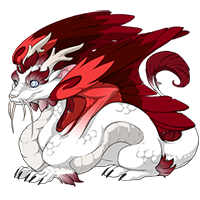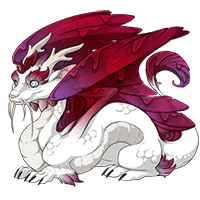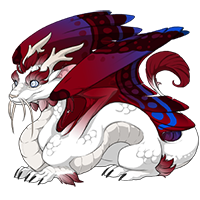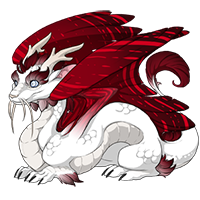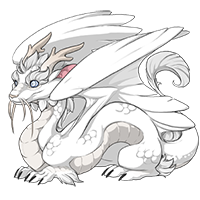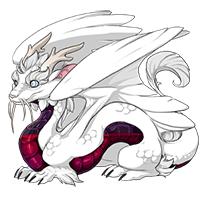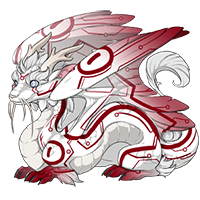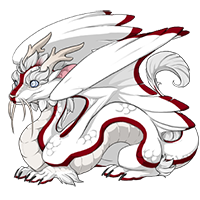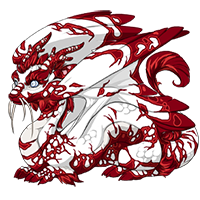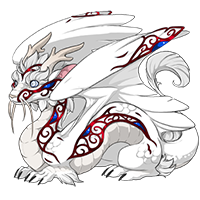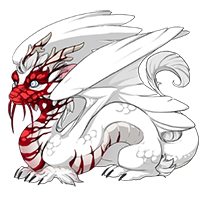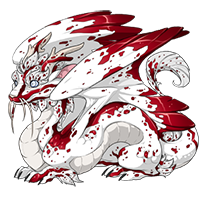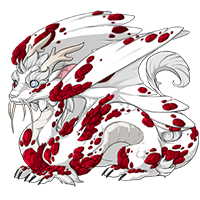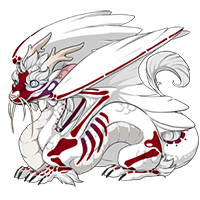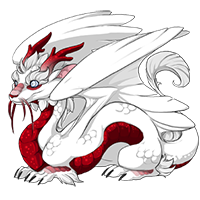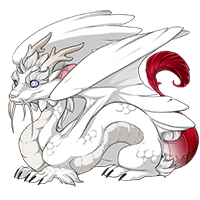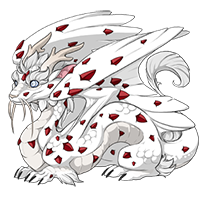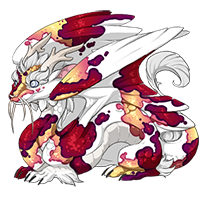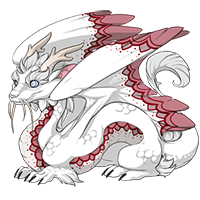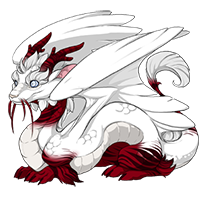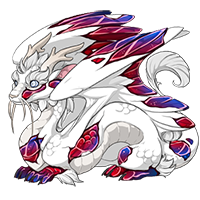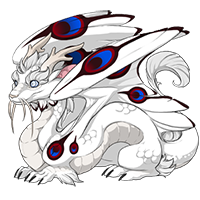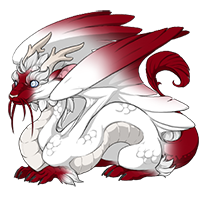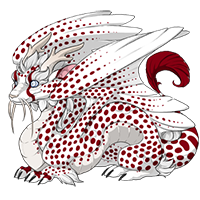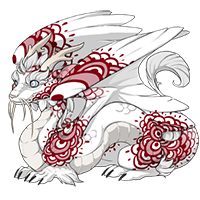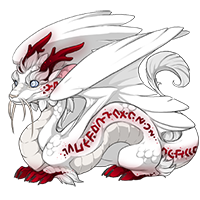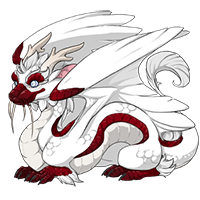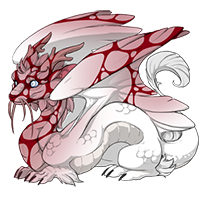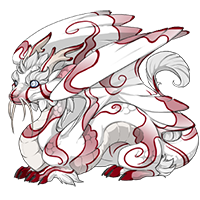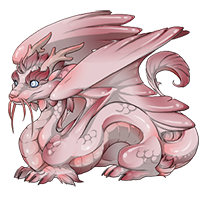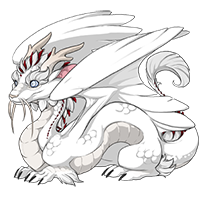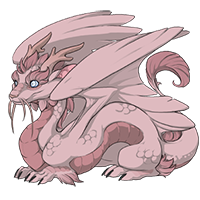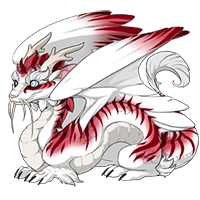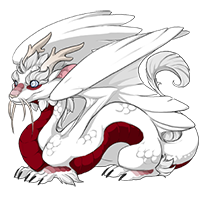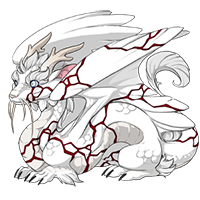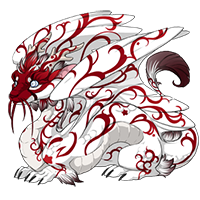
Genes
An overview of primary, secondary, and tertiary markings.
Overview
The dragons of Flight Rising produce different patterns on the body, wings, and accents of your dragon. These genes will take into account the breed and color of your dragon.
Starter dragons and dragons hatched from unhatched egg items will begin with no special genes. (Their genes are Basic Primary, Basic Secondary, Basic Tertiary.) To get a gene that applies a pattern on your dragon, you can acquire gene change scrolls, or you need to breed dragons that already have genes applied.
Applying Genes to Dragons
Gene change scrolls will change the genes of your dragon, applying the gene and pattern across the respective area (Primary-body, Secondary-wings, Tertiary-Accents). These scrolls can be purchased from the Marketplace, or may be gained by performing various activities across the site.
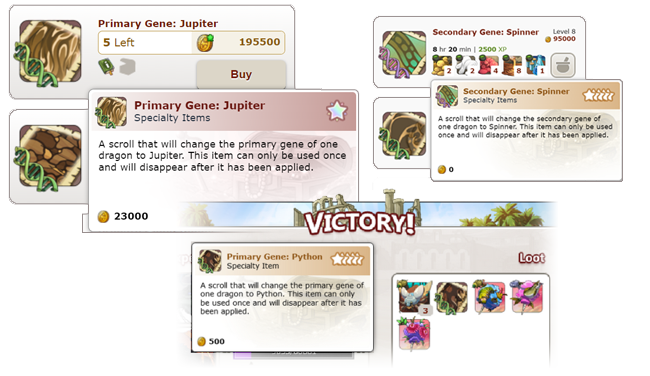
Once you have gained a scroll, you can click on it from your Hoard's Specialty tab and it will bring up the option to apply it to a dragon.
- Dragons that are actively sitting on a nest of eggs cannot have a gene scroll applied until they are done incubating their nest.
- Modern dragons all share universal gene scrolls that can be used on any modern breed. They cannot use ancient scrolls
- Ancient dragons must use a gene scroll specific to their breed to apply it. They cannot use modern scrolls. To see genes available to ancient breeds, click below.
- Aberration Genes
- Aether Genes
- Auraboa Genes
- Banescale Genes
- Gaoler Genes
- Sandsurge Genes
- Undertide Genes
- Veilspun Genes
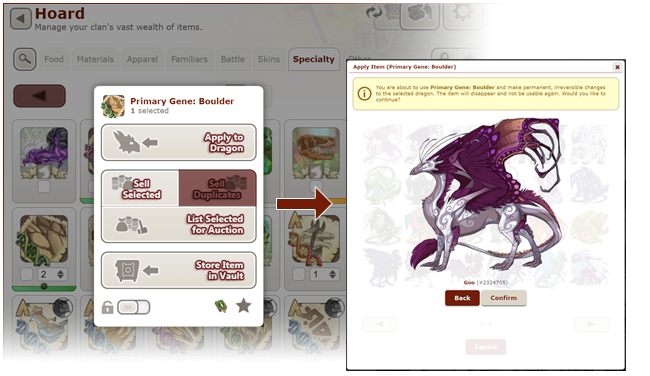
Breeding for Genes
Genes are passed down to hatchlings by inheritance from parents when they are bred, and each type of gene has several rarity levels that dictate their chance of being exhibited in future generations. Pairing rarer genes with more common genes will result in a higher probability of the more common gene being passed on.
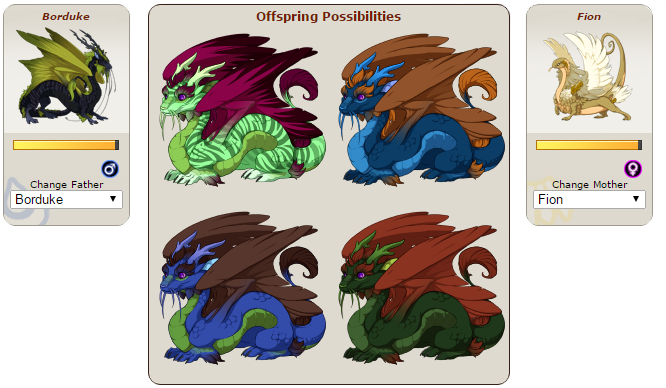
Example: A player pairs two dragons that have Basic and Tiger primary genes. The Tiger primary gene would have an unlikely chance of being passed down due to its high rarity. However, if both parents exhibited the Tiger gene, the chance of it being shown in the offspring is 100%.
Flight Rising does not have recessive or hidden genes. When breeding, only the parents will factor into the outcome of the offspring.
Primary Genes
The most prominent gene a dragon possesses is its primary gene. This gene covers the majority of the dragon's body. Primary genes display in all 177 available colors, and usually affect the dragon's head, legs, flank, belly, and tail (depending on the design).
Here are some examples of primary genes. Players may make use of the Scrying Workshop to see what combinations are possible!:
Secondary Genes
Secondary genes are commonly known as "wing genes," because the surface area they cover is nearly entirely located on a dragon's wings. Secondary genes display in all 177 available colors.
Here are some examples of secondary genes. Players may make use of the Scrying Workshop to see what combinations are possible!:
Tertiary Genes
The final type of gene is the tertiary gene, which covers both a dragon's body and wings with a third accent color. Tertiary genes display in all 177 colors and sit on top of primary and secondary genes, but are not commonly exhibited and usually (especially in more basic dragons) completely invisible. Progenitor dragons, for instance, do not display this gene inherently, and gene scrolls are needed to truly bring it out.
Here are some examples of tertiary genes. Players may make use of the Scrying Workshop to see what combinations are possible!:


